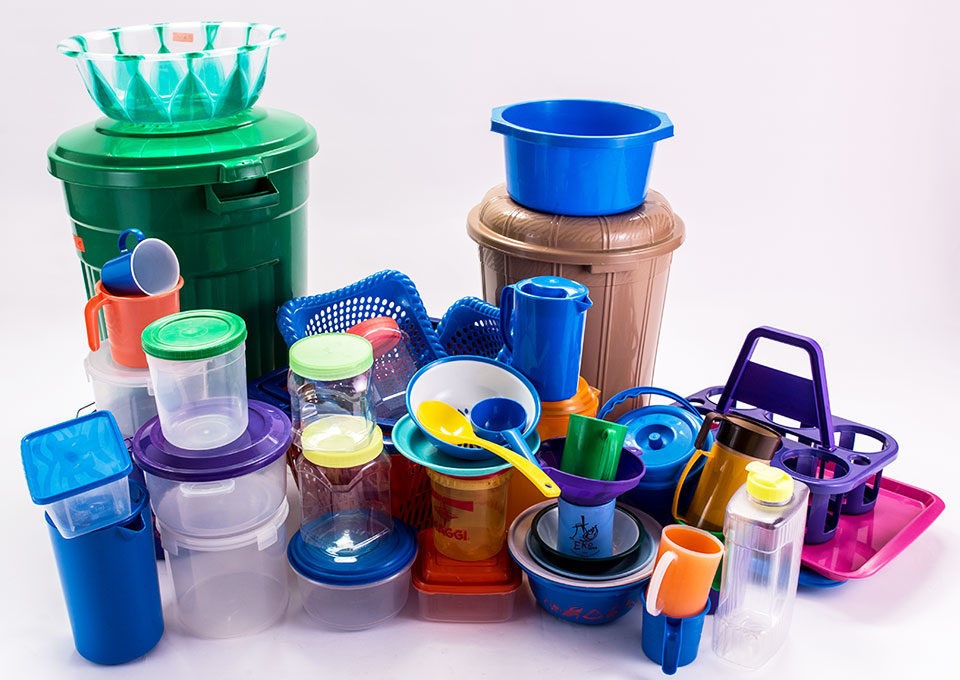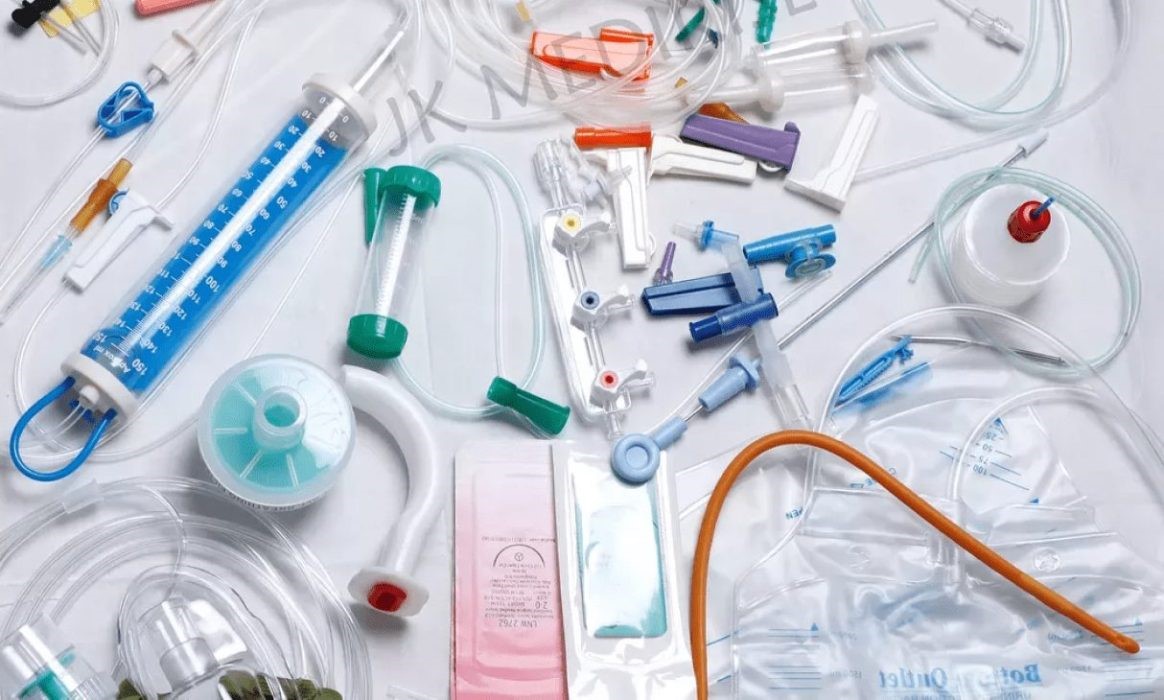Plastic waste is seriously harming our planet’s health. Single-use, broken, lost, and discarded plastic items alike do not decompose in nature, instead polluting our soil and waterways for thousands of years. A new generation of start-ups and research projects are developing plastic alternatives to try to stem the tide of plastic pollution.
Plastic is cheap and easy to produce
Plastic is cheap and easy to produce, lightweight, and extremely durable. An estimated 8.3 billion tons of plastic have been manufactured since the wonder material’s introduction to the mass market in the 1950s. But almost two-thirds of all the plastic we have produced is now waste – in landfills, leached into soil, rivers, and oceans, and consumed by humans and other animals.

Producing – as well as wasting – plastic contributes to the climate crisis. The vast majority of plastic materials are made from fossil fuels, and at current trends, plastic will account for a fifth of global oil consumption by 2050.
In waste streams, plastic’s strong durability is a problem. Plastic materials can take centuries to degrade, but replacing them with mode degradable materials is challenging. However, many companies and researchers are invested in finding plastic alternatives that do not cost the earth.
Are Alternative Plastics Enough to Save Us?
Simply replacing plastic with other forms of packaging like paper or bark, or making all plastic easily biodegradable, is not enough to remedy the problems caused by the last century’s plastic addiction.
Keeping durable plastic materials in the economy by recycling them at much greater rates is one of the most important things to focus on. This eliminates the need to produce more materials (and the environmental costs of manufacturing) while removing a source of pollution from the environment.

Replacing plastic in products like food waste bin caddy liners, condiment sachets, and tea bags with biodegradable or compostable plastic alternatives will benefit the environment as well, however.
Environmental scientists argue that a hierarchy of action starting with the elimination of as much plastic as possible from our economy is necessary to effectively tackle the problems of plastic. Only then should companies start looking to use recycled plastic for absolutely essential products, and renewable feedstocks for applications that still require virgin plastic.
Really tackling the problem of plastic – like the other existential climate threats facing us today – will require us to radically alter the systems that created it. Drastically reducing consumption and production, halting the extraction of raw materials, and wide-scale rewilding are the most effective means available to us to confront the climate crisis.
The Latest In Alternative Plastics
Alternative plastics have taken on many forms and guises in the last few decades. Each of these has its own benefits and drawbacks, and none is a universally applicable replacement for plastic.
Bioplastics
While taking up a large share of attention from sustainability-conscious consumers and brands, bioplastics still only make up less than 1% of the market.
Bioplastics are made from natural sources like sugarcane and algae, reduce the need for fossil fuels as feedstock, and easily degrade after use.
However, if the organic raw material is not sourced sustainably, bioplastics could still contribute to the climate crisis. Deforestation and land-use changes are primary drivers of climate change, and bioplastic materials may be the result of such activities.
Bioplastics are also not as degradable as is often advertised. Some require industrial composting facilities, which may surprise consumers, or take years to degrade in landfills.

Bacterial Plastic
Another plastic alternative that avoids the need for fossil fuels as feedstocks are plastics made from bacteria – microbes found in many environments in water and soil.
Microbes feed on carbon sources and build up an energy storage system analogous to fat in animals. This “fat” can be extracted and behaves just like plastic. However, when the plastic returns to a natural environment, microbes consider it food and eat it, breaking it down.
Stone Wool
Stone wool is made from natural igneous (porous) rock and slag, a by-product of steel manufacturing. The rock and slag are melted together and spun into long fibers.
This stone wool replaces plastic-based insulation materials in sustainable construction projects.
Carbon Capture
Electrocatalysts developed recently convert CO2 into plastics, fibers, and resins. Catalysts made of the abundant materials nickel and phosphorus convert CO2 and water into an array of carbon-based products.

Researchers have earned patents for developing these new electrocatalytic materials and formed a carbon capture company commercializing their technology.
Less Plastic is Best
We produce and consume some 300 million tons of plastic each year, and with a rising global population this is only going to increase unless alternatives can be found, developed, and (crucially) scaled enough to make a dent in this massive global activity.
Ultimately, system-wide change is necessary, starting with an acceptance that we need to get by with much less plastic than we have been using for the last 70 or more years.
